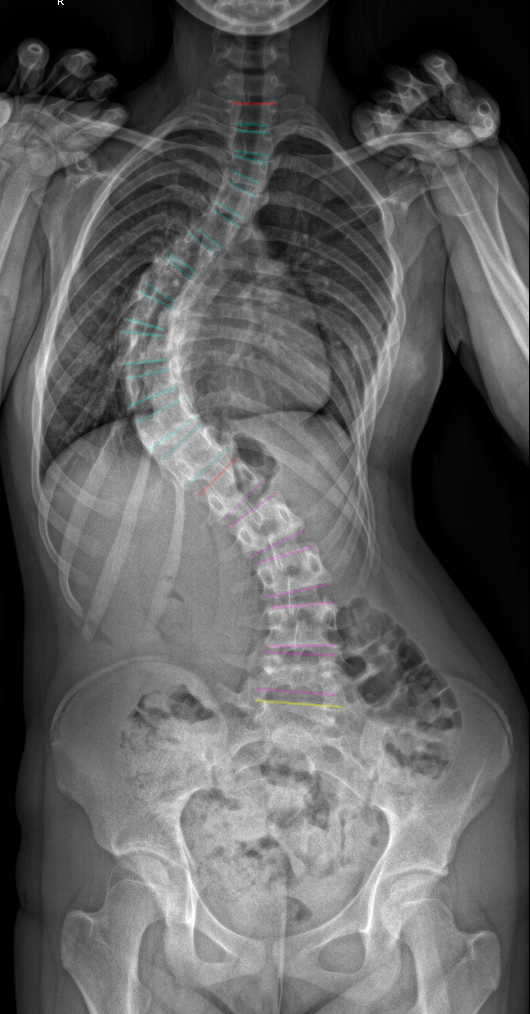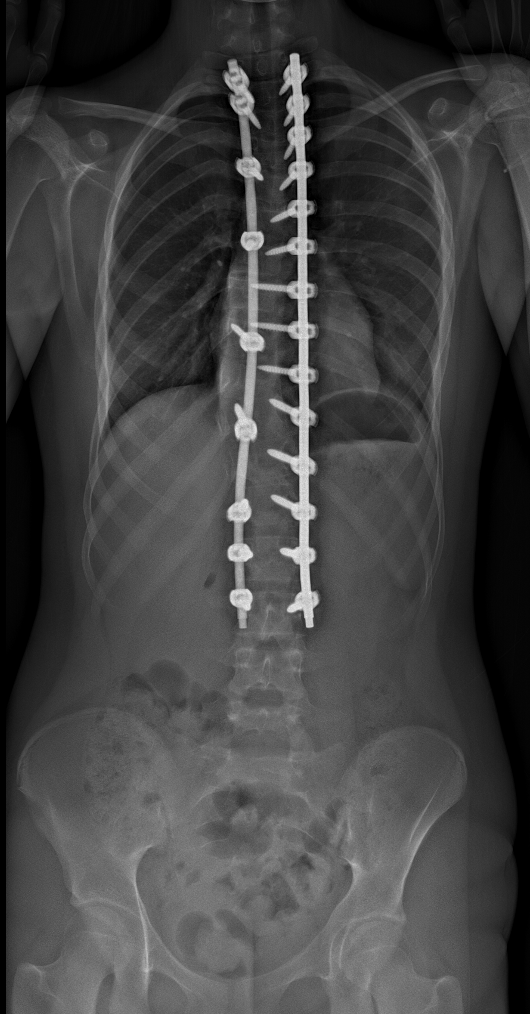Patient Outcome Data
As part of your standard of care, Prof Buckland gathers patient reported outcomes (PROs) in order to ensure we gain clear insights into the success rates of our surgeries. By sharing real patient experiences and outcomes, we aim to build trust and confidence in our procedures, helping you make informed decisions about your healthcare journey. This data not only aids in continuous improvement but also guides others towards achieving their best possible outcomes.
Disclaimer: The results presented herein are representative only of Prof Buckland’s surgical outcomes and experiences. They are specific to the techniques and practices of Prof Buckland and cannot be generalized to represent the results of other surgeons. Individual patients’ outcomes may vary based on a variety of factors, including but not limited to the specific methods used, patient health conditions, and procedural circumstances.


